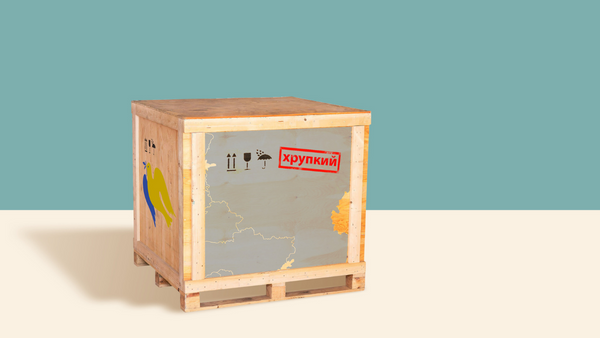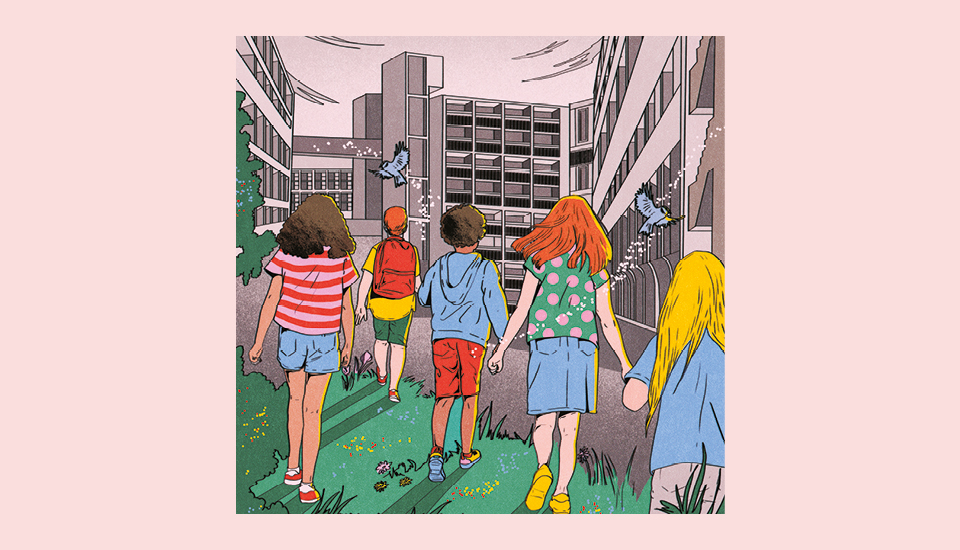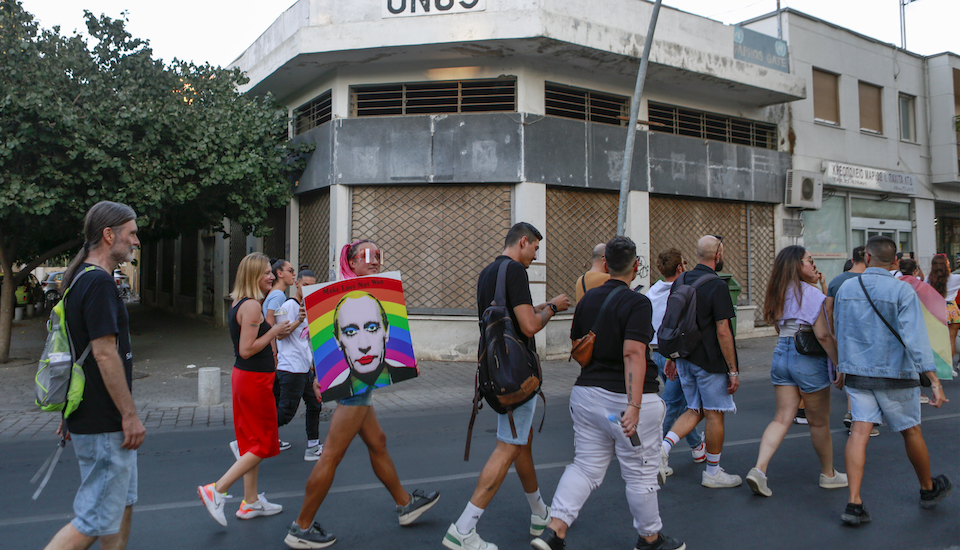Who gains when cultural organisations claim ‘neutrality’?
For centuries, Russia has siphoned artistic and historical resources from Ukraine and other neighbouring regions, removing what it wanted and giving in return art that would ‘glorify Russia’. Russia’s large-scale invasion of Ukraine, launched on 24 February 2022, is so far proving just how much this practice has persisted.
In the face of increasing losses and thefts, Ukrainian museums are now reaching out to the public to demand the boycotting and deplatforming of Russian cultural institutions, including museums, which they believe are serving as part of the war machine. But how do these calls for a cultural boycott work in complex Russian-Ukrainian relationships? As I argue, cultural boycotts are paradoxically well-inscribed into the contemporary cultural landscape, urging us to untangle complex conditions under which culture thrives as an element of the war machine.
The story of Russian cultural extractivism in Ukraine is firmly inscribed in the history of the region, particularly in the northern Black Sea coast area, which includes Mariupol and was already destroyed by summer 2022, as well as the territory of Crimea, occupied by Russia since 2014. These areas are rich both in antique settlements and Scythian gold, and in treasures of the Byzantine and Ottoman Empires. Following its victory over the Ottoman Empire in 1783, the Russian Empire for decades actively excavated the area: local forces did the digging, and the imperial authorities supervised the dispatch of their finds to St. Petersburg.
The history of the Crimean War (1853-1856) further demonstrates that archaeological and museum work is always a prize for the winner. The British Empire won the war, conducted excavations in the occupied territories and took possession of a collection of ancient archaeological finds from the Kerch Museum as one of its numerous trophies. These are now held in the British Museum as part of its unique collection of global art history. While partial repatriation of Ukrainian cultural treasures occurred in the 1930s as part of the decolonisation effort of the Bolsheviks, excavations and removal of finds to the Russian Hermitage persisted throughout the Soviet era.
Since the annexation of the Crimea in 2014, the insertion of Russian images of the past into Ukrainian cultural sites has persisted at full pace. Chersonese near Sevastopol in Crimea is one of the most important archaeological sites of ancient Greek settlement in the region. It was included on the UNESCO World Heritage list in 2013 (thanks to the decade-long efforts of Ukraine) but, since the Russian occupation, has become a showcase for nationalist Russian culture. UNESCO has thus far been silent, showing that the political winner often gains from the seeming ‘neutrality’ of cultural organisations.

Others have also taken advantage of opportunities for international museum exchange that Russia provides in its role as ‘new owner’ of removed objects. For example, in 2017, some archaeological findings that had previously been transferred from Ukraine to the Russian Hermitage in St. Petersburg were loaned by Russia to the British Museum, to be displayed along with objects from the same Black Sea region that the British Museum has possessed since the Crimean War.
Ukrainians have called for Russia’s isolation in the face of these expansionist policies, but many Russian museum practitioners, though conflicted, are united: they see themselves as non-political agents and hostages of a situation outside of their control and believe culture should be ‘neutral’. Some see such neutrality as a way to disassociate themselves from war and thus protest against it, and others simply believe in the recreational power of culture above all else. Whatever the rationale, seeming ‘cultural neutrality’ only strengthens the course of Russian expansionary politics, as shown by recent statements made by Mikhail Piotrovsky, director of the Hermitage Museum, who supports an aggressive and expansive cultural policy in the occupied territories (Rossiyskaya gazeta, 22 June, 2022).
Many museums are not just historical collections of valuable objects. They are part of a system that supports systemic imperial violence, and their histories reveal the proliferation of military and other expansive international practices which, through seemingly neutral aesthetics and scholarship, have historically aided the most powerful.
So, what can be done to resist this state of affairs? Today, given the expansion of Russian nationalism over new territories, it is more urgent than ever for museums to show their visitors how local cultural ecosystems interact, resist and survive in times of war and imperial dominance. This could be achieved if museums embraced more transparency in the exhibition of artworks with a more complicated history; for example, by citing them as products of training tightly controlled by the imperial canon in their style or themes or displaying artworks along with a history of acquisition and artist and painting ‘biographies’ to help address complicated provenance.
I believe these nuanced strategies will help visitors to better grasp the complex geopolitical relationships of which museums are a part and serve as a means for museum practitioners and cultural activists to oppose Russian populism and attempts to downplay cultural expansionism.
Maria Silina, PhD, is an adjunct professor in the Department of History of Art at UQÀM, Montreal. Their book Art History on Display: Soviet Museum Between Two Wars (1920s-1930s) is forthcoming from Bard Graduate Center
This article first appeared in the RSA Journal Issue 3 2022
Related articles
-
Young at heart
Journal
Jonathan Prosser
Becoming a nation with children at its centre in 10 courageous steps.
-
Open RSA knowledge standards
Blog
Alessandra Tombazzi Tom Kenyon
After investigating ‘knowledge commons’, we're introducing our open RSA standards and what they mean for our practice, products and processes.
-
Worlds apart
Comment
Frank Gaffikin
We are at an inflexion point as a species with an increasing need for collaborative responses to the global crises we face.




Be the first to write a comment
Comments
Please login to post a comment or reply
Don't have an account? Click here to register.